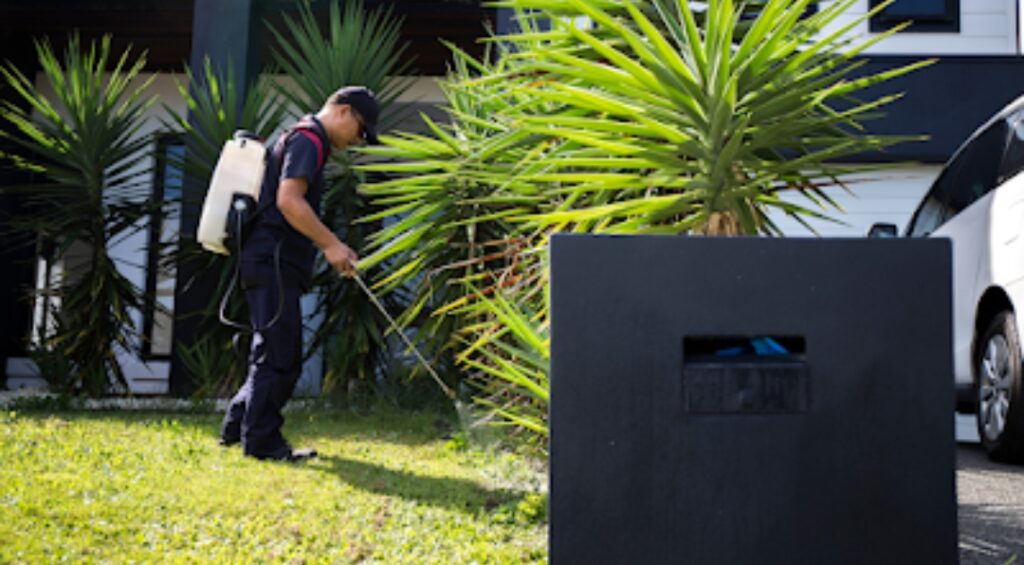Termites, the silent destroyers, can wreak havoc on your home before you even realize they’re there. These tiny insects can cause significant structural damage, leading to costly repairs and potential safety hazards. Choosing the best and affordable termite removal method for your home is crucial in protecting your investment. With a variety of options available, understanding the pros and cons of each approach will help you make an informed decision and effectively banish these destructive pests.
Understanding Termite Behavior
Before diving into removal methods, it’s essential to understand termite behavior. Termites are social insects that live in colonies, typically underground or within wood. The most common types of termites are subterranean, drywood, and dampwood termites. Subterranean termites, which build their nests in soil, are the most destructive. They travel through mud tubes to access food sources, which often include the wooden structures of homes. Drywood termites infest dry wood and are often found in attics and furniture, while dampwood termites prefer moist wood and are less common in residential settings.
Identifying Signs of Infestation
Early detection of a termite infestation is vital for effective treatment. Look for the following signs:
- Mud Tubes: Subterranean termites construct mud tubes to travel from their colony to their food source. These tubes provide moisture and protection from predators.
- Discarded Wings: Swarming termites, or alates, shed their wings after mating. Piles of discarded wings near windows or doors indicate a nearby colony.
- Wood Damage: Termites consume wood from the inside out, leaving a honeycomb pattern. Hollow-sounding wood is a sign of an infestation.
- Frass: Drywood termites produce small, pellet-like droppings known as frass, often found near infested wood.
DIY Termite Removal Options
Liquid Termiticides
Liquid termiticides create a chemical barrier around your home, preventing termites from entering. These products are available for homeowners to apply, typically by digging a trench around the foundation and filling it with the termiticide. While effective for repelling and killing termites, proper application is critical. Incorrect use can lead to incomplete coverage and ongoing infestations.
Termite Baits
Termite bait systems use cellulose-based bait treated with a slow-acting insecticide. Termites consume the bait and share it with the colony, gradually eliminating the entire population. Bait stations are installed around the perimeter of the home and require regular monitoring and maintenance to ensure effectiveness.
Borate Treatments
Borate is a naturally occurring mineral that, when applied to wood, prevents termites from consuming it. Borate treatments are typically used during new construction but can also be applied to existing structures. This method is effective for preventing infestations but may not eliminate an existing colony.
Professional Termite Removal Options
Liquid Termiticides
Professionals use high-potency liquid termiticides, often containing fipronil or imidacloprid, to create a chemical barrier around the home. These treatments are more potent and longer-lasting than DIY options, providing superior protection. Professional application ensures complete coverage and effectiveness.
Termite Bait Systems
Professional-grade bait systems are more effective than DIY versions due to the use of stronger, more effective baits. Termite control experts install and monitor these systems, ensuring that they are maintained and functioning correctly to eliminate the termite colony.
Fumigation
Fumigation, or tenting, involves covering the entire structure with a tent and filling it with a fumigant gas that penetrates all areas of the home and kills termites. This method is highly effective for dry wood termites and severe infestations but requires homeowners to vacate the property for several days. Fumigation provides complete eradication but does not offer long-term prevention.
Heat Treatment
Heat treatment involves raising the temperature of the infested area to a level lethal to termites, typically around 120-140°F. This method is chemical-free and effective for drywood termites. Professionals use specialized equipment to ensure even heat distribution and complete elimination of termites.
Choosing the Best Method for Your Home
When selecting a termite removal method, consider the following factors:
Severity of Infestation: Minor infestations may be manageable with DIY methods, while severe infestations often require professional intervention.
Type of Termite: Different termite species require different treatments. Subterranean termites, for example, are best treated with liquid termiticides or baits, while drywood termites may require fumigation or heat treatment.
Budget: DIY methods are generally less expensive than professional treatments. However, the cost of ineffective DIY treatments and potential structural repairs should be considered.
Safety: Consider the safety of the chosen method, especially if you have children or pets. Professional treatments are typically safe when applied correctly, but DIY treatments can pose risks if not handled properly.
Long-Term Prevention: Effective termite control includes ongoing prevention. Professional treatments often come with warranties and regular inspections to ensure that termites do not return.
Banish the bugs and protect your home by choosing the best termite removal method for your needs. Understanding termite behavior, identifying signs of infestation, and weighing the pros and cons of DIY and professional treatments will help you make an informed decision. Whether you opt for a DIY approach or seek professional help, taking prompt and effective action is crucial to safeguarding your home from these destructive pests. Remember, a proactive and vigilant approach is the key to maintaining a termite-free home.







